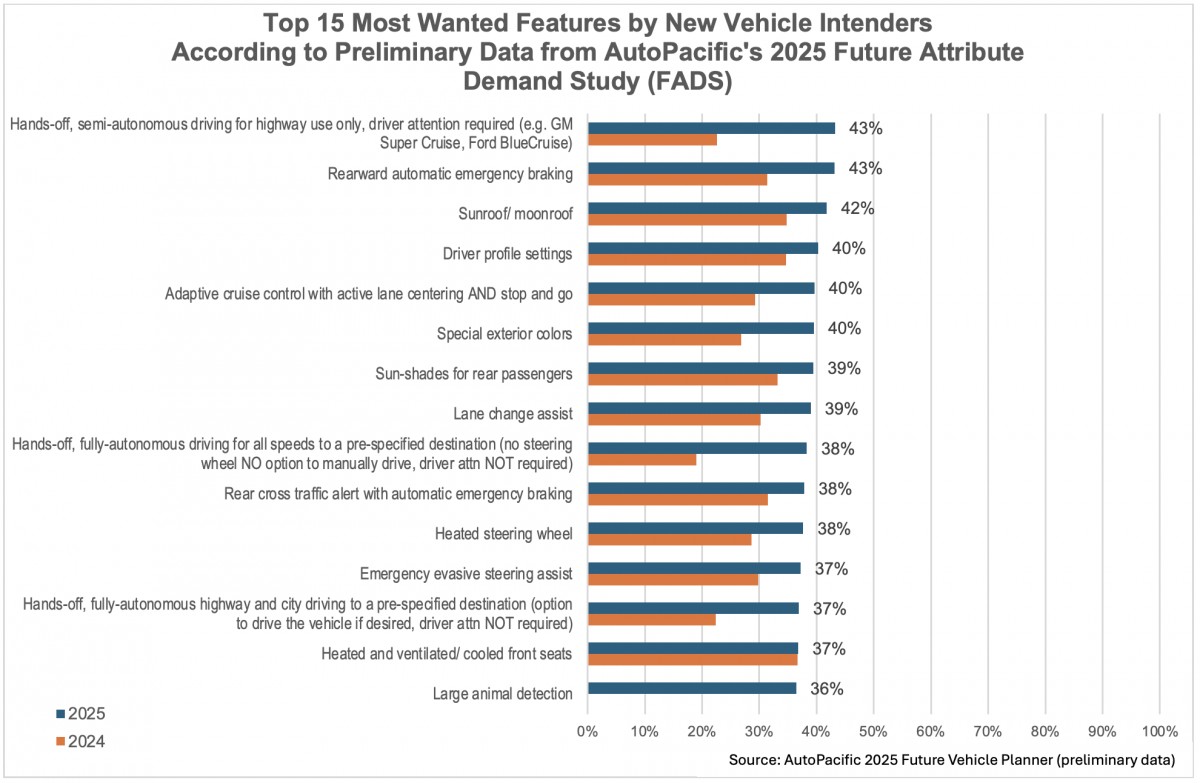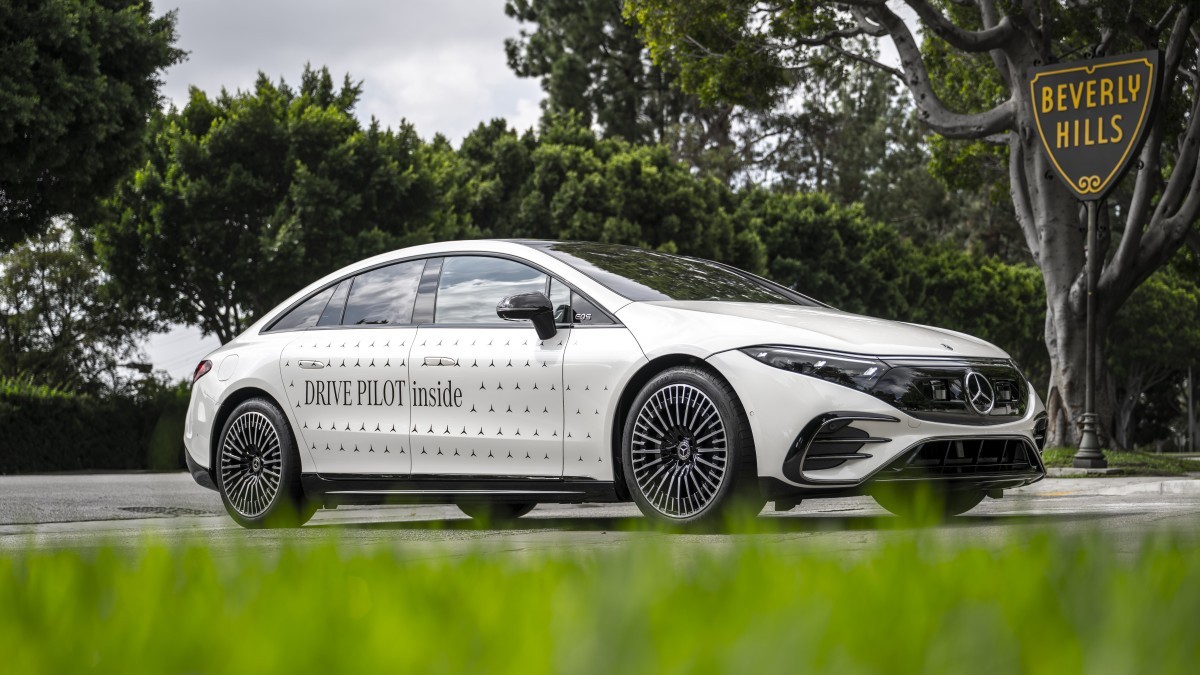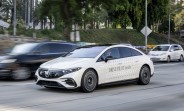Hands-free driving climbs to the top of American drivers' wish list
A dramatic shift is underway in what Americans want from their next new vehicle. The heated seats or the fancy sound systems are taking a back seat, and the single most desired feature is now one that takes over the most fundamental task of all: driving. According to a new study, hands-free highway driving systems have shot to the top of car buyers' wish lists, causing a major change in consumer confidence and priorities.
The market research firm AutoPacific surveys people who intend to purchase a new car within the next three years. The results of its latest research show that 43% of these potential buyers want a vehicle equipped with a hands-off, eyes-on driving system. This figure is roughly double what it was in last year's survey, where the top spot was held by a much simpler piece of tech: the wireless phone charging pad.

It's important to understand that we are not talking here about true "self-driving" cars. Systems like General Motors' Super Cruise and Ford's BlueCruise are leading examples of the "hands-off" technology, often found in the latest crop of electric cars. On pre-mapped, approved highways, these Advanced Driver-Assistance Systems (ADAS) can manage the vehicle's speed and steering, keeping it centered in its lane and maintaining a safe distance from other cars. Some can even execute lane changes automatically to pass slower traffic.
A key reason for this newfound enthusiasm is simple exposure. As more of these capable cars hit the streets, people are either experiencing the technology themselves or hearing about it from friends and family. General Motors recently noted that over 500,000 of its vehicles are now equipped with Super Cruise.

AutoPacific's research suggests that as drivers experience the systems firsthand, their comfort and confidence grow. The study also noted that this year's survey respondents were slightly younger, with an average age of 39, reflecting a more tech-savvy buyer who is more open to handing over control.
The desire for more comprehensive automation is also on the rise. The AutoPacific study found that 48% of buyers now want a car that can drive itself completely, allowing them to relax or do other things. That's a 10 percentage point jump from the previous year. Other ADAS features, such as rearward automatic emergency braking, have also become highly sought after.

Anyone dreaming of napping or reading a book during their morning commute will have to keep dreaming for a while longer. The reality of today's technology hasn't quite caught up with consumer desire. There is currently no car available for purchase that can reliably and safely drive itself everywhere without human supervision. The key here is the "reliably and safely" part.
The closest system on the market is Mercedes-Benz's Drive Pilot, which is a step above Super Cruise. It allows for "eyes-off" operation, but its use is extremely limited. It only works at low speeds in heavy traffic, during clear weather, and exclusively on designated highways in California and Nevada. For everyone else, driving still requires a driver. The journey toward a fully autonomous future, for both gasoline cars and electric cars, is still a long one, paved with many restrictions. Unless Tesla manages to pull a rabbit out of its magic hat.



Facebook
Twitter
Instagram
RSS
Settings
Log in I forgot my password Sign up